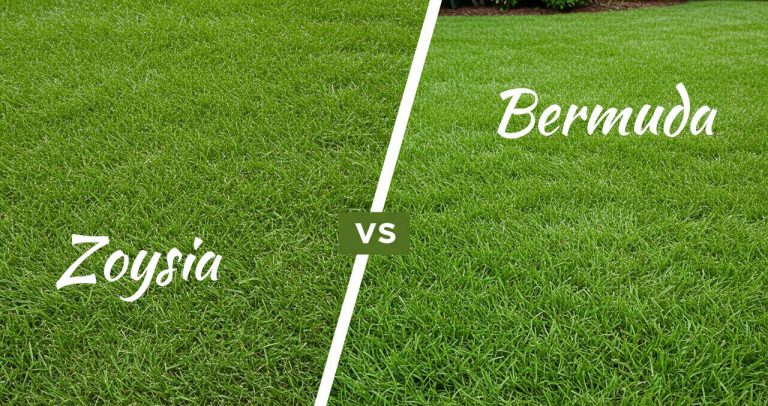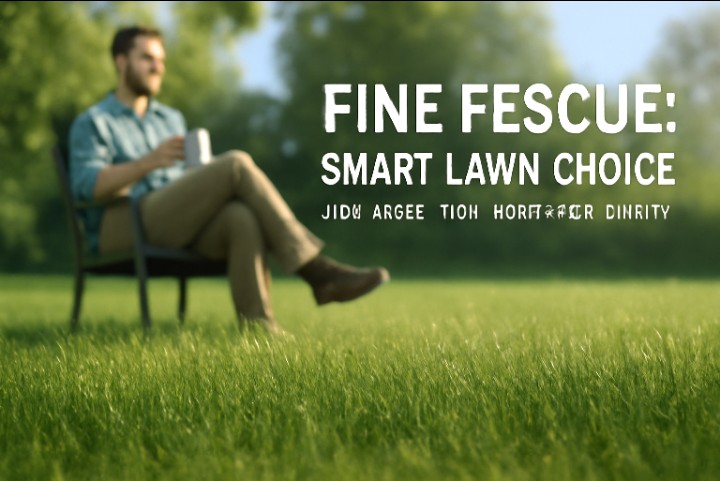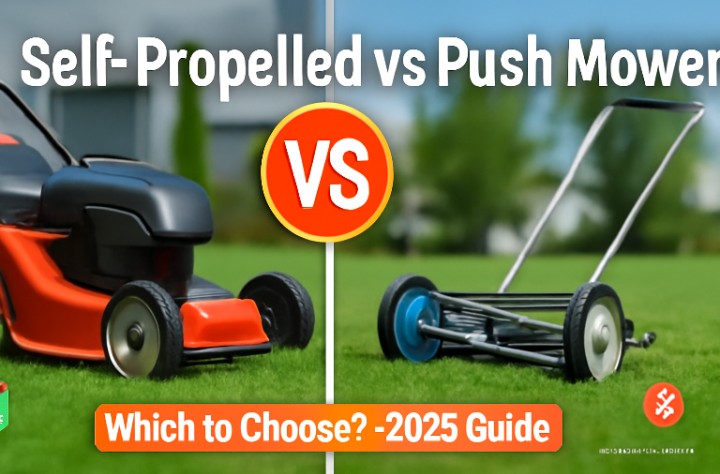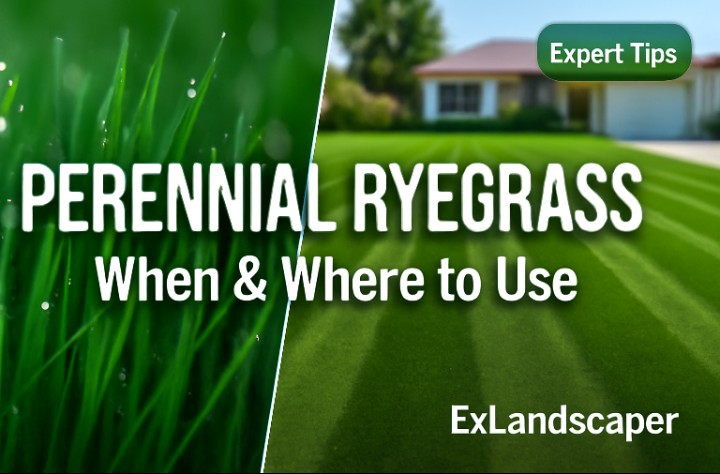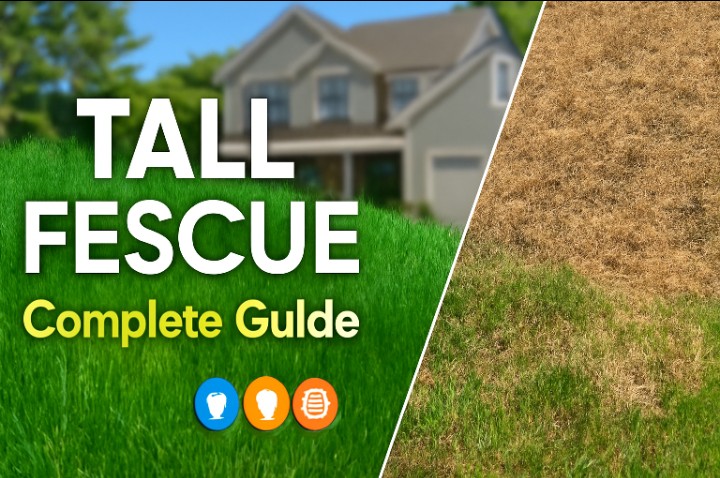Standing in my backyard last spring. I watched my neighbor’s lawn turn green while mine stayed patchy. Sound familiar?
You are not alone in this grass dilemma. Tons of homeowners wrestle with choosing between Bermuda and Zoysia. It is like picking between a sports car and luxury sedan, both great just different.
Western cities buzz with this debate constantly. From sunny California neighborhoods to Arizona desert homes, everyone’s asking the same question. Which grass actually works?
Here is what we will cover: real facts, actual performance data and honest comparisons. No fluff, just what you need to make the right choice.
Getting to Know Your Options
Meet Bermuda Grass
Picture that perfectly green football field on TV. That is probably Bermuda grass working its magic. This African native absolutely loves heat. We are talking serious warm-season performance here. You will spot it everywhere like parks, sports fields, that neighbor’s yard that always looks amazing.
Here’s what makes Bermuda special: it spreads like crazy. Both above and below ground runners help it fill spaces fast. Plus, those roots? They dig deep sometimes reaching 4 feet down. That’s why it survives when other grasses give up. People swear by varieties like Tifway 419 and Celebration Bermuda. Each one brings something different to the table.
Meet Zoysia Grass
Ever walked on carpet that felt incredible under your feet? That’s the Zoysia experience. This Asian import takes a totally different approach. Instead of racing to cover ground, it builds thick luxurious turf slowly. Golf courses choose Zoysia when they want that premium feel. What’s cool about Zoysia? It actually crowds out weeds naturally. That dense growth creates its own weed barrier. Pretty smart, right?
You have got options like Palisades (medium texture), Empire (coarser blade) and Zeon (super fine). Emerald, Zenith and Empire varieties each have their fans too.
The Real Comparison
Speed Test: How Fast Do They Grow?
Want results yesterday? Bermuda’s your friend.
Bermuda seeds pop up in just 7-14 days. Within 6-8 weeks you are looking at decent coverage. It spreads fast and fills bare spots like it’s on a mission.
Zoysia plays the patience game. Seeds take 14-21 days to show up. Full coverage? We are talking up to 2 years. Those plugs spread slowly too 1-3 years for complete fill-in.
Think tortoise versus hare. Bermuda sprints, Zoysia marathons.
The Look and Feel Factor
Both grasses look great but feel completely different.
Bermuda brings vibrant green color with fine texture. It’s consistent and bright when happy. Think athletic field vibes.
Zoysia delivers that lush, dense texture everyone raves about. Fine blades create soft turf that feels amazing barefoot. Colors range from light green to blue-green tints. It is the luxury option.
Shade Tolerance Reality Check
Here is where many people make or break their decision.
Zoysia handles shade way better than Bermuda. It stays lush even with partial shade. Some varieties work okay with just 4-5 hours of sun daily.
Bermuda? It is all about full sun. Shaded Bermuda becomes thin and sad-looking. This grass needs serious sunlight to perform.
Traffic Handling
Both grasses tough it out, just differently.
Bermuda bounces back incredibly fast from damage. Kids playing? Pets running around? No problem. It recovers quickly and keeps looking good.
Zoysia handles heavy traffic fine too. That dense growth pattern resists damage well. But repairs happen slower than Bermuda’s rapid recovery.
Water Needs and Drought Performance
Your water bill cares about this difference.
Bermuda survives long dry spells amazingly well. It bounces back when rain returns. Weekly needs hit about 1 to 1.25 inches of water.
Zoysia needs less water than many grasses about 1 inch weekly. It’s tough during droughts too, just recovers more slowly.
Maintenance Reality
Time to get honest about lawn care commitment.
Bermuda keeps you busy. Expect mowing twice weekly during peak season. Keep it short around 1 to 1.5 inches. Plus, it’s hungry for nutrients. Feed it every 4-6 weeks during growing season.
Zoysia takes it easy on your schedule. Mow once weekly or even every other week. Keep it 1-2 inches tall. Fertilizer? Just spring and summer feedings usually work.
The Spreading Story
How these grasses behave affects your whole yard.
Bermuda can become invasive without management. It spreads aggressively and might invade flower beds or neighboring areas.
Zoysia spreads slowly and predictably. It works well in sunny spots but handles some shade. Much more controlled growth pattern.
Winter Behavior
Both grasses take winter breaks but differently.
Bermuda turns brown faster when cold hits. But it greens up quickly once spring arrives.
Zoysia keeps color longer in fall than Bermuda. It goes dormant and browns up too but bounces back beautifully in spring.
Money Talk
Let’s discuss what this actually costs you.
Standard sod pricing runs $0.30-$0.80 per square foot for warm-season grasses. Zoysia typically costs more than Bermuda in this range.
Zoysia sod specifically costs $0.70-$1.30 per square foot. That is $315-$585 per pallet without installation. Add installation and you are looking at $1.20-$2.80 per square foot.
A typical pallet covers 450 square feet and costs $130-$360. Lower prices usually mean Bermuda grass.
Where They Work Best
Western States Performance
Bermuda performs exceptionally well in dry climates. Arizona’s intense heat? Perfect for Bermuda’s natural abilities.
Zoysia shines in partial shade situations and low-maintenance landscapes. California’s varied conditions often favor this flexibility.
Southwest and Southern Success
Both grasses absolutely thrive in warm climates. Bermuda gets preferred for high-traffic or sports areas.
Texas represents ideal territory for both types. Your specific site conditions and maintenance preferences determine the winner.
Mixed Light Situations
Got some shade some sun? Zoysia has the advantage in mixed-light environments. Properties with varying sun exposure benefit from its adaptability.
Your Decision Guide
Before committing honestly evaluate these factors:
Sunlight situation: Bermuda needs full sun to thrive. Zoysia works with 4-5 hours daily sun.
Soil and drainage: Both prefer well-draining soil conditions.
Family activity level: Consider kids, pets and entertaining patterns.
Budget reality: Factor initial costs plus ongoing maintenance expenses.
Time availability: Bermuda needs more frequent mowing and fertilizing. Zoysia requires less maintenance overall.
Making the Final Call
Your perfect choice depends on matching grass to your specific situation.
Go with Bermuda when you have: Full sun exposure, want quick establishment, prefer lower upfront costs and don’t mind regular maintenance. Bermuda spreads quickly, thrives in hot climates and recovers amazingly from damage.
Choose Zoysia when you have: Some shaded areas, prefer low maintenance, want premium texture and can invest more initially. Zoysia creates dense, low-maintenance lawns needing less water and mowing.
Your climate, family lifestyle and maintenance preferences should guide this choice. Consider local growing conditions, test your soil and observe how neighboring lawns perform.
Either grass delivers beautiful results with proper care. The key is matching grass characteristics to your specific yard and lifestyle needs.

